Atlus introduced the West to its long-running Shin Megami Tensei series with Shin Megami Tensei 3: Nocturne. It was a landmark RPG at the time, vastly different from the Final Fantasies and Dragon Quests most RPG fans were used to. Nearly 20 years later, the question is whether its power-grubbing fiends and bleak vision of the future still hold up. For the most part, they do.
A Shin Megami Tensei 3 remake would have been ideal to smooth over some of its less stellar areas, but dated elements aside, its story remains one of the best among RPGs.
Shin Megami Tensei 3 Remaster Review: Still Hee-Ho-ing Strong
I outlined a bit of Shin Megami Tensei 3’s story in my preview, but that was just the first hour. Following a trip to the local hospital, your teacher triggers The Conception, a cataclysmic event that destroys most of humanity and leaves the world a quaking, fragmented disaster overrun with demons. This isn’t the new normal, though, at least not for long.
The Conception heralds the world’s rebirth and a future, but the shape of that future remains uncertain.
Shin Megami Tensei 3 is the chaos route, so there’s no aligning yourself with a particular morality. Instead, you’ll choose a Reason, a more complex and infinitely more interesting narrative system that I hope returns in some form for Shin Megami Tensei 5.
Powerful demons sponsor demi-fiends, half-human hybrids capable of transforming the world with their power, in a bid to create a world in their own Reason, or philosophy.
Into this mix steps you, the Demi-Fiend. The protagonist wields greater power than other fiends for spoilery reasons, but accepting power in SMT 3 means accepting that other beings can push you around.
Being the “chosen one” matters the least in Shin Megami Tensei 3 than any other RPG I’ve played, and it is more of a burden for the character than anything. Outside of the game’s closing act, there’s rarely a point where you don’t feel like a pawn in the inscrutable games of those with power — because that’s exactly what you are.
The game’s narrow focus helps create this sense of urgency and tension. Shin Megami Tensei 3 has no side content except an optional dungeon, and even that’s tied to one of the game’s several endings. The story itself moves at a brisk pace with no filler material or even side conversations.
The result is a streamlined narrative with a sense of both weight and impending disaster. Character interactions are equally minimal, and while Atlus could expand characters such as Chiaki and your teacher to expand the world building, the game doesn’t need that.
Shin Megami Tensei 3 is about power. The desire to seize power shapes everything for you and everyone around you, even if you pick the restorative route, and there’s a tinge of horror in seeing your erstwhile friends devolve into true fiends as they pursue their goals.
As compelling as Yuko’s, Chiaki’s, and Isamu’s Reasons are, though, SMT 3’s lesser Reasons are what accentuate the Conception world’s brutality and help take that sense of uncomfortable horror even further. Without spoiling too much, SMT 3 isn’t afraid to get a bit disturbing at times, especially with its Manikin race and how some of its fiend candidates arrive at their Reasons.
Even when you choose the true ending, like I did, there’s still a nagging feeling that maybe you made the wrong choice after all. The moral ambiguity involved is less intense than in, say, Divinity Original Sin 2, but more compelling than other SMT games and most other black-and-white RPGs.
Fortunately, Atlus knows when to break up the murder, despair, and chaos with some welcome lightheartedness. SMT 3’s arch demons might want to rule the world, but the lesser demons run the gamut from saucy and foul to lazy and dense, but always with a pithy (or rude) remark on hand.
There’s a surprising amount of dark, tongue-in-cheek humor in places too. There’s even a bit of demonic slapstick thrown in. During the midpoint dungeon, for example, Eligor follows you around claiming that this time he’ll kill you and, of course, he doesn’t.
The pacing’s other benefit is making subsequent playthroughs for other endings less of a slog — in theory. In practice, SMT 3’s age holds it back and makes returning a second or third time a less appealing prospect unless some time has passed between playthroughs.
Of course, there are several caveats to bringing up SMT 3’s age. It’s a remaster, not a remake, so one should expect some elements to show some wear. However, it doesn’t make dealing with them for roughly 15-20 hours any easier.
Most of Shin Megami Tensei 3’s dungeons are fairly bland networks of corridors with multiple false leads — hallways leading you to rooms with nothing in them. A few dungeons manage to create a distinct atmosphere anyway, including the Assembly of Nihilo, but I was glad to see the end with most of them.
However, bland design wasn’t the only reason. SMT 3 remaster’s biggest issue is the high encounter rates that plague the standard difficulty setting. In true SMT fashion, the experience and money rewards are low — too low, at times. Most good fusions you’ll need in each area are at least five levels out of range, even if you fight every battle.
Most of the non-boss battles are surprisingly easy, as a matter of fact, but grinding takes too long. I didn’t think I’d miss SMT 4’s Smirk mechanic that makes scoring critical hits easier, but by the time I rolled credits in SMT 3, I realized what a boon it is for shaking up the Press-Turn combat system.
It’s a solid system on its own, but countless battles with little variation means it grows a bit stale. Ingesting Magatama to alter the Demi-Fiend’s abilities does change things up, though it turns out not to be a vital system outside a few major boss fights.
Alternatively, the new Merciful mode works too well, letting you stomp even the toughest Fiends with ease. The best bet is just doing normal battles on Merciful to get more money, then turning it to normal for some tension in the combat. It’s a balance you have to strike for yourself; the game doesn’t do it naturally.
The Switch version is vastly improved from the JP release in 2020, but there are still a few instances of slowdown during fights with multiple foes and some fusions. An issue where the screen flashes black after you open a chest affected some who played it on PlayStation, though I only encountered two such instances, and there was only one black flash each time.
Shin Megami Tensei 3 Remaster Review: The Bottom Line
Pros
- Memorable story and characters
- Clever storytelling
- Unique take on the usual RPG tropes
- Dark, immersive world
Cons
- Bland dungeons
- Overly simple combat
- No happy medium between normal and Merciful modes
All this leaves Shin Megami Tensei 3 remaster in an odd place. If you’re looking for an RPG with deep combat systems and grueling dungeon designs, you’ll want to look elsewhere.
From a story perspective, though, it’s essential playing if you like RPGs at all. It might not be the most fun you’ll have with an RPG this year, but you’ll probably never forget your time with SMT 3 either.
[Note: Sega/Atlus provided the copy of Shin Megami Tensei 3 remastered used for this review]

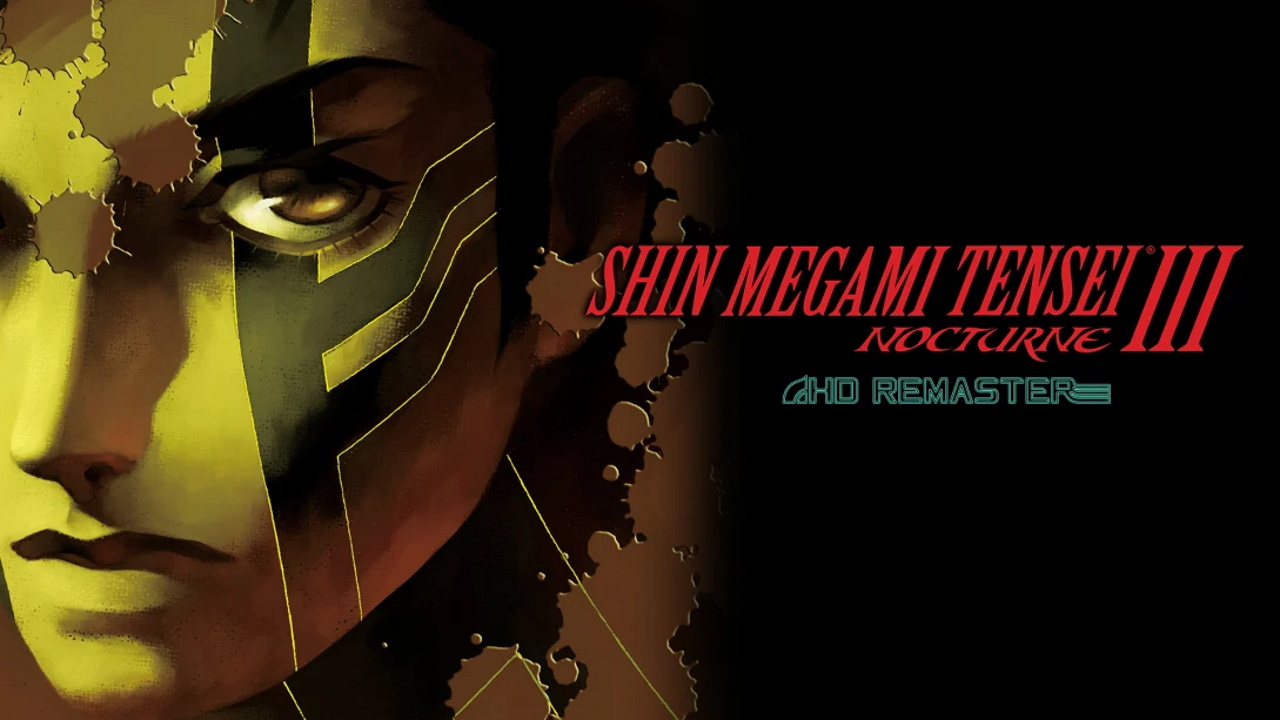
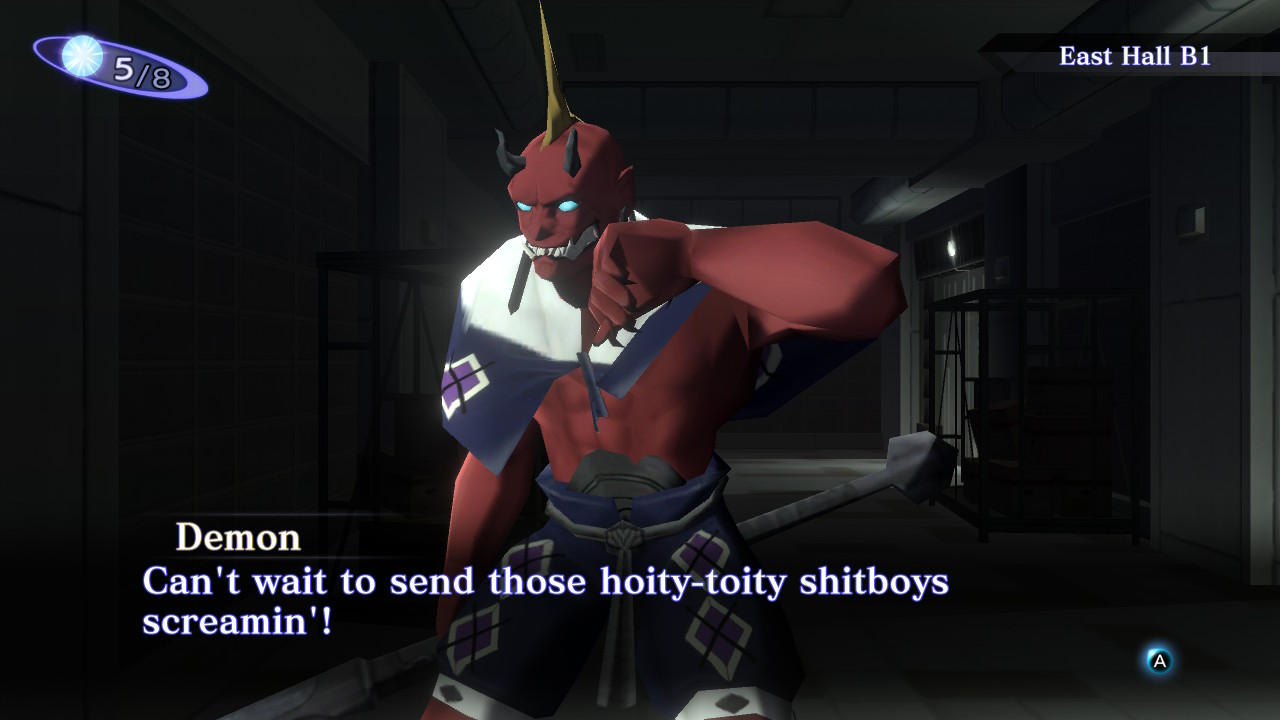
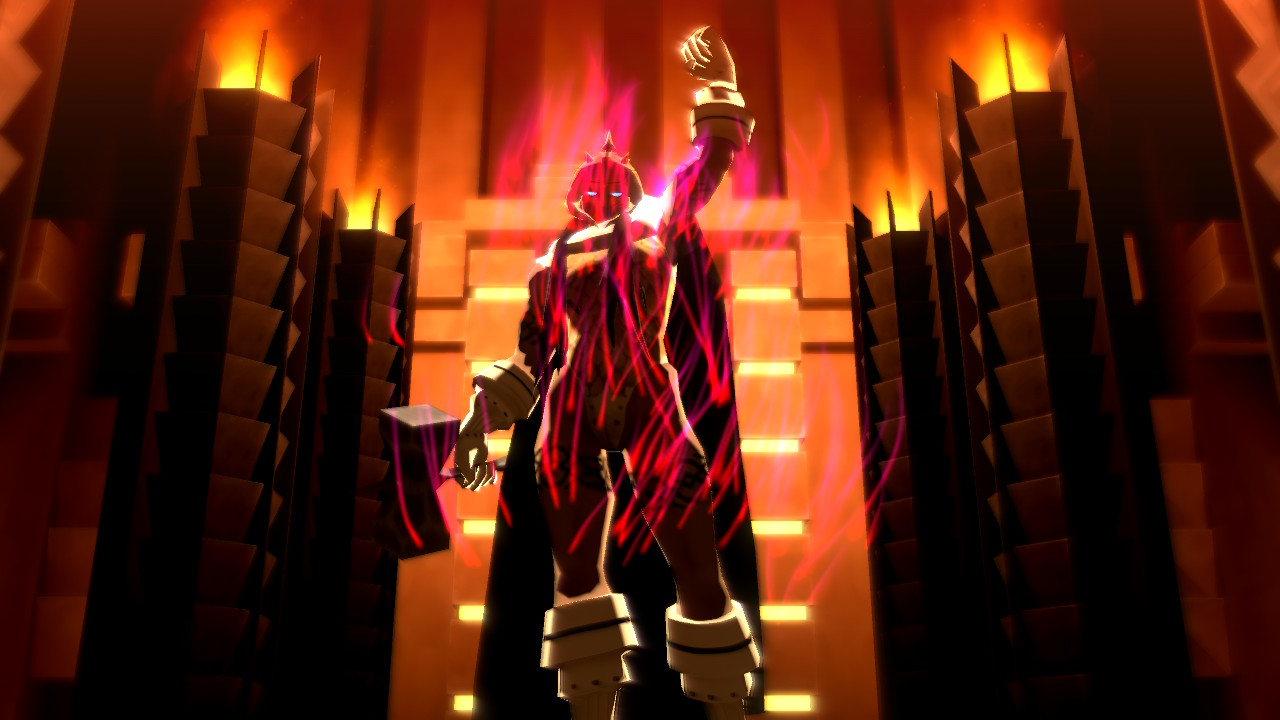
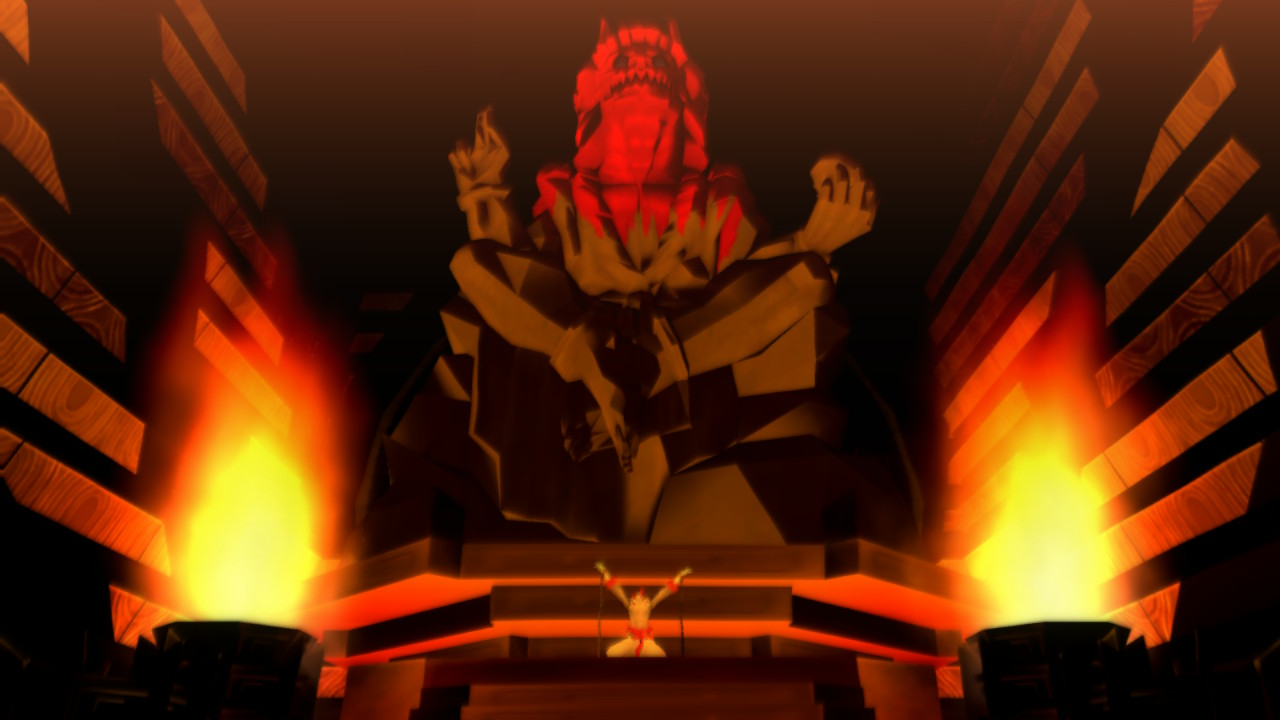
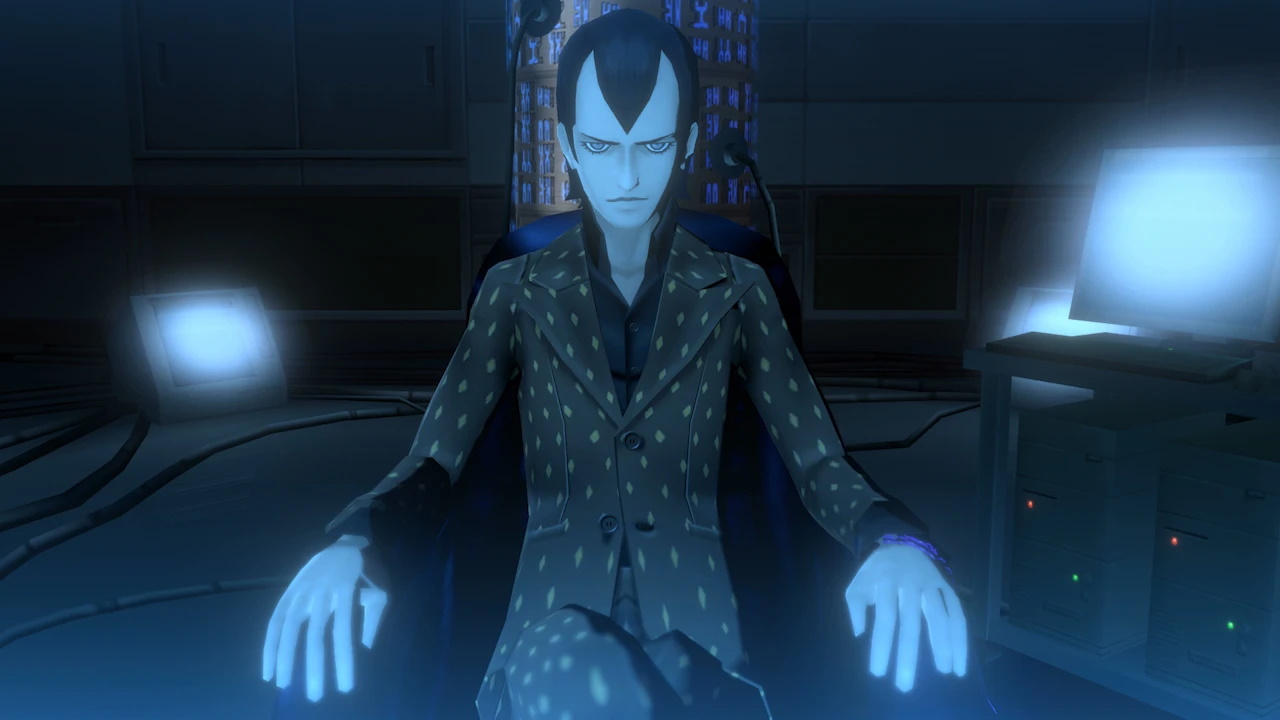





Published: May 17, 2021 05:53 pm